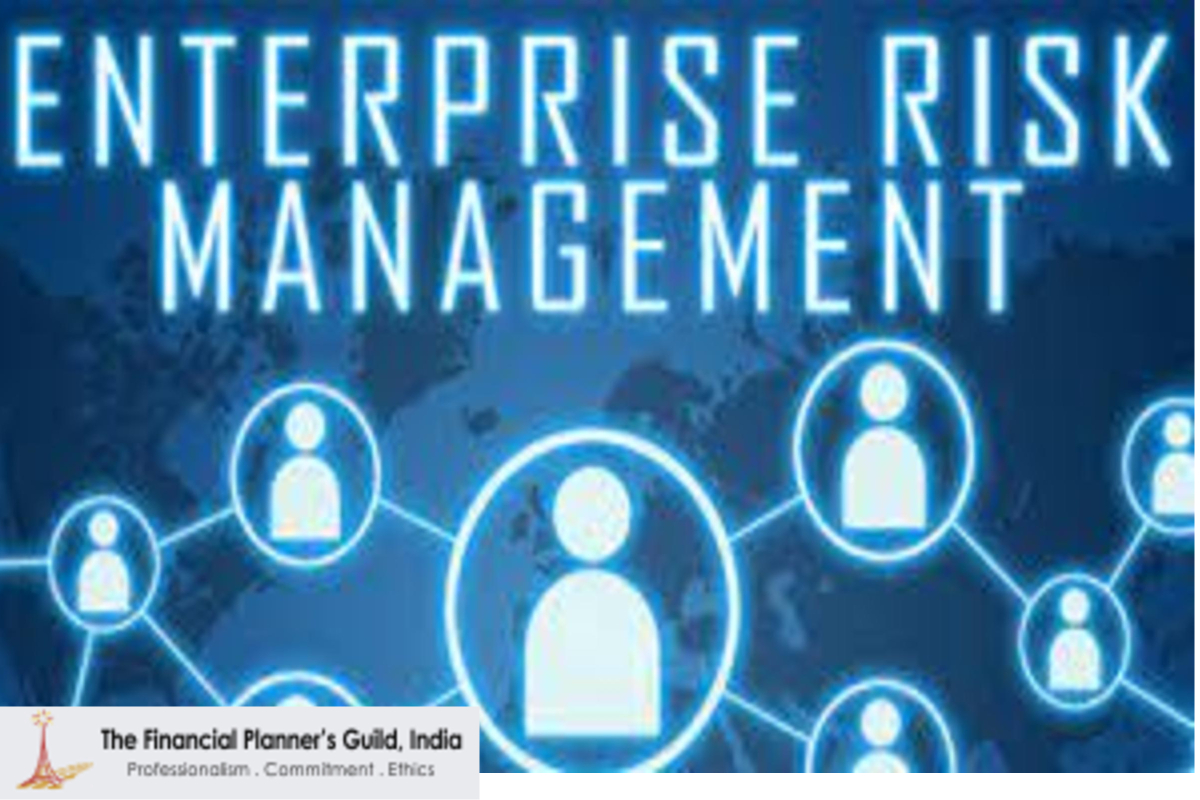
The Insurance Companies provides risk management solutions to its customers but the challenge now is to manage the risks faced by the Companies themselves. In the Banking sector, the formal risk management started with Basel Committee in the year 1974 to address the settlement risks faced by the Banks. It has been a long journey since then. The Basel III, in its latest avatar envisages increase in the regulatory risk based capital after the recent global financial crisis. The insurance industry is following the banking sector in implementation of risk based capital (RBC) which is known as Solvency II and scheduled to be implemented in Europe by the end of 2012.
In India, the Life Insurance Industry is following rule based capital requirement known as Solvency ratio. The Companies are required to maintain assets of 1.50 times of the discounted value of policy holders liabilities and any shortfall is met by infusion of capital by the shareholders. As per IRDA annual report for 2010-11,as on 31st March’11, it ranges between 1.54 to 6.70 amongst the Companies. Maintaining too much capital leads to chasing undesirable business and low return on capital. But lower capital base is risky in volatile conditions and the Companies run the risk of ruin .It also fails to provide feeling of security to its customers.
Solvency II is principle based approach and calculates RBC through internal models. The rule based approach focuses on capital adequacy but the principle based approach focuses more on capital efficiency. In solvency II, capital requirement will be calculated taking into consideration the various risks faced by the Company i.e Insurance risk, Credit risk, Market risk, Interest rate risk and Operational risks. The better the risk management in the Company, the lower will be the capital requirement. Once RBC is introduced, the Companies will be constrained to improve the risk management systems. But Risk Based capital in the Insurance sector in India will take more time since it awaits implementation of IFRS which need to address market consistent valuation of liabilities.
In the initial phase of the opening of the Life Insurance sector, there were vast opportunities for business growth and coupled with a booming capital market, the sector witnessed tremendous growth. But with the financial crisis of 2008 and subsequent market down turn, the business growth has been affected. The uncertainties have increased and the Companies have been caught unawares.
The response requires strong risk management and governance through Enterprise Risk Management(ERM). The objectives of ERM are continued growth, earnings stability, continuity of operations, survival, reduction in anxiety, meeting externally imposed obligations, good citizenship and social responsibility. The Companies can protect and create value for their stakeholders, including owners, employees, customers, regulator, and society overall by identifying and proactively addressing risks and opportunities. There are costs for not managing the risks adequately. It results in variable business performance, increase in customer grievances, tarnished brand, regulatory penalties, attrition, increased cost of capital and reduction in enterprise value.
The mandate for ERM should start from the Top Management and the risk aware culture should percolate down across the whole organization. There should be common risk language. The roles and responsibilities must be clearly prescribed for the Board, committees of the Board and senior management. The Chief Risk Officer should be independent in functioning. Risk ownership must be clearly defined and aligned with roles and responsibilities. The incentives and compensation should be consistent with the desired risk behavior at all levels. The Board and Top management should communicate the risk profile and ensure that it is integrated with the company’s strategy. The process for reporting and monitoring risks should be clearly defined. The Board must be kept informed of major risk developments.
The challenges for implementing ERM comes from organizational resistance to change, business units’ reluctance to implement risk adjusted results, decision making driven by top line growth, lack of understanding of the key interdependencies of various functions, lack of mandate for risk function and viewing risk management function as a mere control function.
In the current scenario, it will be costly for the Companies to defer implementation of ERM and wait for Solvency II.The Companies can adopt a top down approach in identifying risks and sensitize the organization in mitigating them. The major visible risks are reputation risk, regulatory risk and strategic risk. Mr Gaurang Shah ,Group Head, Kotak Mahindra Bank says the biggest risk faced by the industry is reputation risk. He says many other risks will be easier to mitigate by mitigating the reputation risk. Regulations are a must for business which enhances opportunities. But keeping pace with the regulatory changes is a challenge. The IRDA has initiated steps for ERM by bringing guidelines on corporate governance and Asset Liability Management. The guidelines required to be implementing in its true spirits and not viewed as mere compliance issues. Further Solvency II is not only about models but is also about basics. The basics to be addressed are building senior management expertise in risk based approach, implementing need based selling, developing a culture of customer service, linking customer prospective in product design and process improvements, building capability to sell large volume of simple products, transform into low cost volume manufacturer, understanding the sources of risk, capturing loss data history, visualizing on what could go wrong, pointing the carrot in the right direction and above all treating risk management function at par with business.
FPG India ©2024. All Rights Reserved.
Designed & Developed by W3M Technoz